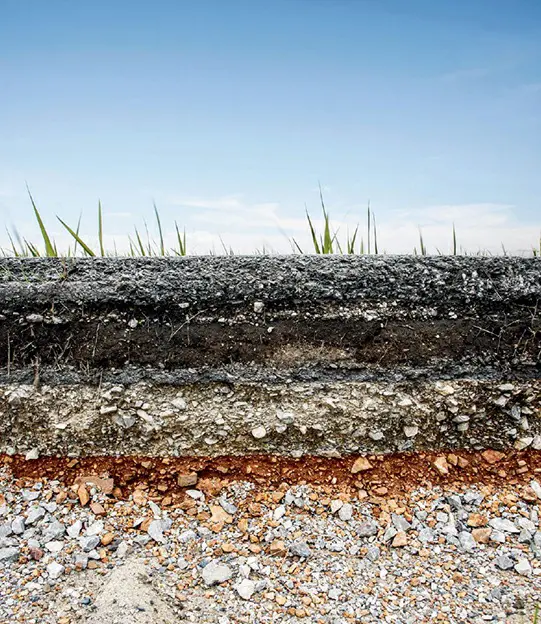Soil, the fine-grained product of rock weathering, is a fundamental component of Earth’s ecosystem. It serves as a vital medium for plant growth and is indispensable for agriculture and sustaining life. The genesis of soil science as a formal discipline can be attributed to Russian geologist Vasily Dokuchaev in the 1870s. Dokuchaev’s pioneering work laid the foundation of modern soil science, introducing concepts that linked soil characteristics to factors like the composition of parent bedrock, local climate, topography, biological activity, and time.
Dokuchaev’s comprehensive field studies led to the development of one of the earliest soil classification systems, considering factors such as grain size, color, and organic content. His work cemented soil’s status as a dynamic, living entity, integral to a myriad of disciplines including geology, agronomy, and archaeology. As a crucial natural resource, soil demands careful monitoring and sustainable management practices.
Pedology, the study of soil’s formation, chemistry, morphology, and classification, integrates various disciplines such as mineralogy, microbiology, and environmental planning. This interdisciplinary approach underscores soil’s pivotal role in Earth’s ecological balance and human society.
Intriguingly, the Soil Science Society of America has expanded the definition of soil beyond Earth, acknowledging the possibility of soils on other celestial bodies. This broader definition encapsulates any loose mineral and/or organic layer influenced by physical, chemical, or biological processes, potentially accommodating extraterrestrial soils that support life in various forms.

